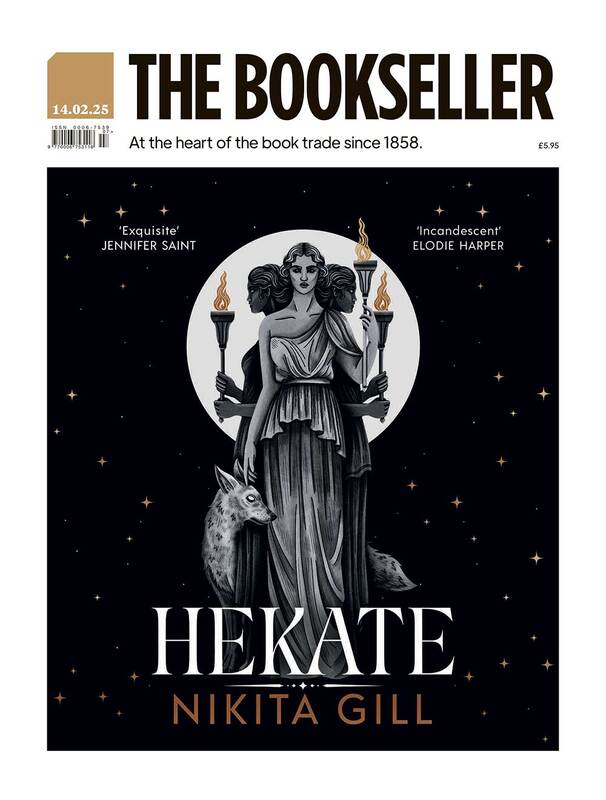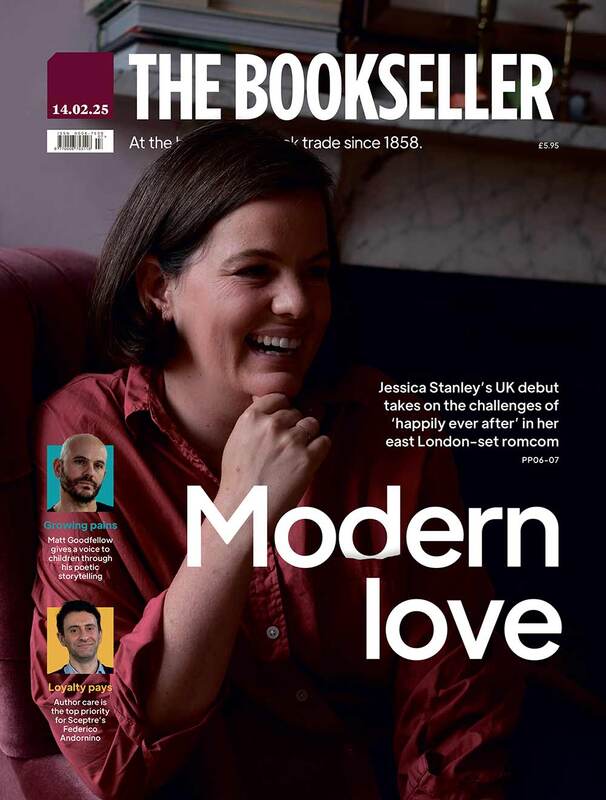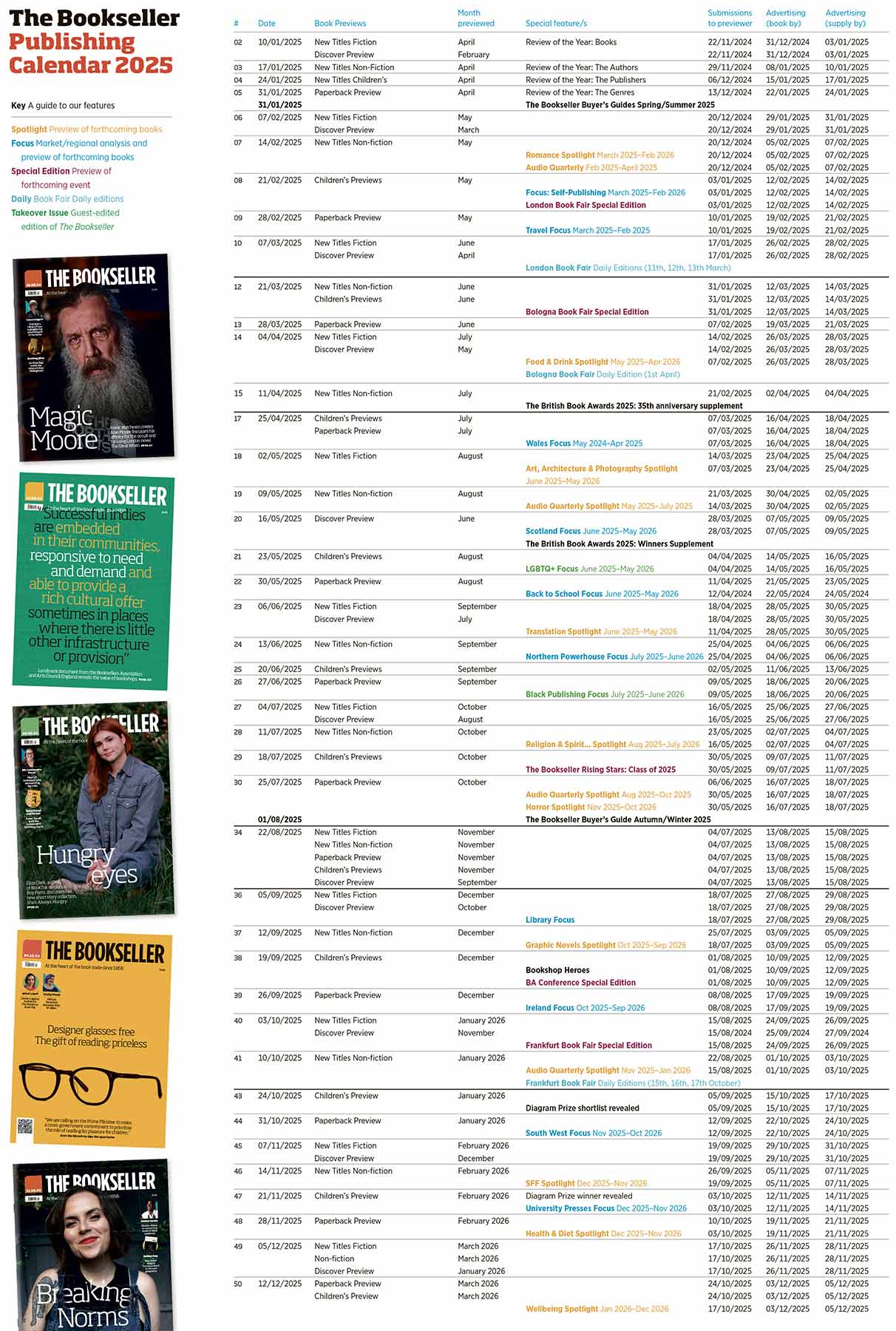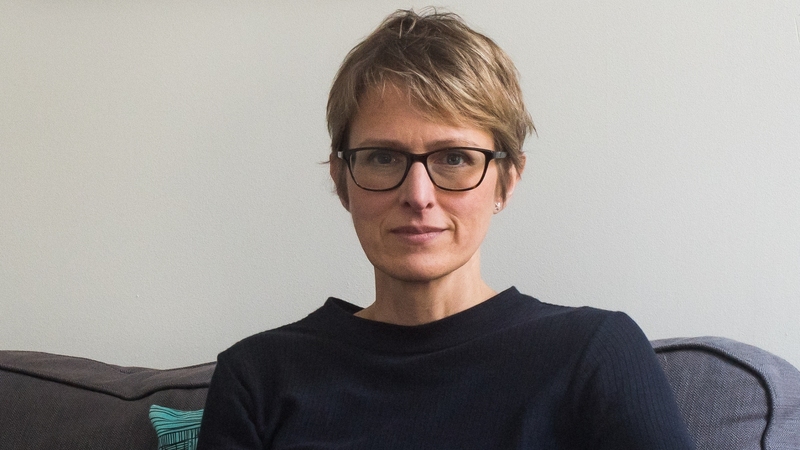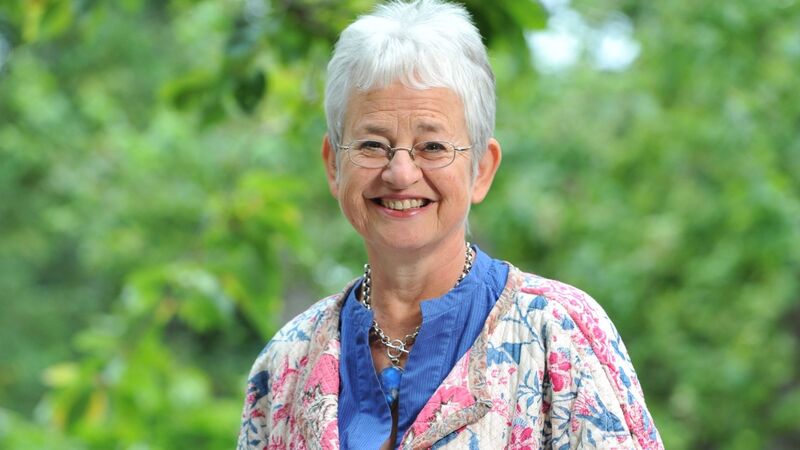You are viewing your 1 free article this month. Login to read more articles.
Child, Children's and Crime keep TCM afloat in first half
Strong and stable was, of course, Theresa May’s rallying cry for her general election campaign, and the words that shall be etched on her political tombstone when her premiership inevitably breathes its last sometime soon.
Yet the Maybot’s phrase is one we should happily and correctly apply to the 2017 books market. UK print sales had a tiny jump in the first six months of the year through Nielsen BookScan’s Total Consumer Market—up 1.2% to £652.7m against the same period in 2016. It’s the barest of gains and fewer books were actually sold—80.3 million units, a drop of 1.5%—but it continues the trend of the past few years, which has seen shrinking, or minimal gains in volume but a rise in average selling prices. A.s.p. was £8.13 in 2017’s first half, up 3%.
But the first six months of 2017 can perhaps be viewed as a win for the trade as the numbers stack up against an incredibly strong first half of last year which saw the market leap 9.3% in value terms. And what is interesting about 2017’s first half is that the overall performance has improved slightly without the benefit of a huge blockbuster book, category-dominating breakout author or hot new trend.
The irrepressible David Walliams and a few select others aside, the big bangs at the very top of the charts have been somewhat muted. The first half of the year has seen a noticeably high amount of low-selling number ones: in 11 of its weeks, the UK’s topselling book sold fewer than 20,000 copies. That’s is the same number of sub-20,000 number ones as occurred from 2003–13 (a total of 572 weeks); there were none at all between February 2004 and March 2011.
In all 52 weeks of 2016, only one number one came in below 20,000 copies: Robert Galbraith’s Career of Evil. This year has also seen a seven-week run of no title topping 20,000. It’s the biggest such streak since BookScan records began in 1998—the previous longest was five straight weeks, nearly 17 years ago.
Three diet books were in the 2017 top-spot sub-20,000 club (Joe Wicks’ Lean in 15: The Sustain Plan, Tom Kerridge’s Dopamine Diet and Michael Moseley’s The Clever Guts Diet), while paperback fiction took four poles. Veterans Katie Fforde and Val McDermid hit the overall top spot for the very first time, with Ian Rankin and Martina Cole claiming their first number ones since 2013. This is not to in any way diminish these authors’ success: their titles would have made strong top-five showings in 2016 but, with the lack of any runaway bestsellers in 2017, they hit the pinnacle.
The absence of an all-conquering title in 2017 has seen career authors Val McDermid (above) and Katie Fforde hit the top of the charts for the first time
Middle ground
The bestseller by value in the first half of 2017 was Mary Berry’s Mary Berry Everyday, at a smidgeon over £2m. By contrast, the first half of 2016’s top-earner, Wicks’ Lean in 15, had notched up nearly three times that through the TCM at the same point. The top 50 books by value in the half-year 2016 earned a collective £39.8m, 14.1% more than 2017’s top 50.
So how has the market maintained its level, if it’s not been driven by those at the top? A good case can be made that much of it has been secured away from the book chain central promotions and publisher marketing spends, with backlist and those unsung authors of the midlist. Or, at the very least, the middle-ground books of 2017 have outslugged those from the first half of last year: thus far in 2017, 1,341 titles have TCM sales of between £50,000 and £499,999, earning a collective £153.5m. That is 3.3% (£5.2m) up on the earnings of the 1,268 titles in the same revenue range in 2016.
We realise “more medium-successful books did slightly better this year than last” isn’t the sexiest top-line take away. But it shows 2017 has been built on a solid foundation. And the good news is that the slender sales rise keeps the streak alive, with the third half-year of TCM growth on the trot, reversing six years of successive declines. Again, as the PM (at this writing) might say, “strong and stable”.
Crime pays
We shouldn’t overplay this: while there is no adult-colouring book-type monster trend, there have been many individual books and genres that have fared well thus far in Trump Year Zero. While overall Fiction has had a slight boost in value (+1.2%), Crime, Thriller & Adventure rose a healthy 7.2% (to £48m) on a strong 2016.
And, my goodness, isn’t Transworld bossing it at the top of Crime? The Penguin Random House division has the top-selling book in the category by value (Paula Hawkins’ Into the Water) and volume (Lee Child’s Night School, which is also the overall bestselling title of the half-year). In value terms, Transworld titles claim four of the top five spaces, and nine of the top 20. Interestingly, the newbies are paving the way: apart from Child, those nine top-earning titles are spread among four authors, all of whom are on their first or second crime novel: Hawkins, Shari Lapena, Samuel Bjork and Frank Gardner.
Trade Non-Fiction was flat year on year, suffering from the downturn in the Wicks-led healthy eating trend of 2016. However, we should note that “The Body Coach” still has the best-selling non-fiction book by volume (Lean in 15, which charts in fifth place overall), and he has pocketed £4.2m through the TCM in the half-year. So not too shabby.
As in the past few years, the children’s sector has been driving the overall market surge, up 4% overall in 2017. Children’s Fiction rose 8% (to £46.8m), in large part thanks to Walliams, who has shifted £6.3m, 20% up on the first half of 2016.
Children’s non-fiction categories have been strong, too. Reading list changes have boosted School Textbook & Study Guides 13% (to £24.3m), while Scholastic’s Pokémon titles and DK’s “Star Wars” tranche have led Children’s General Non-fiction’s to a rise of 16% (to £6.2m).

